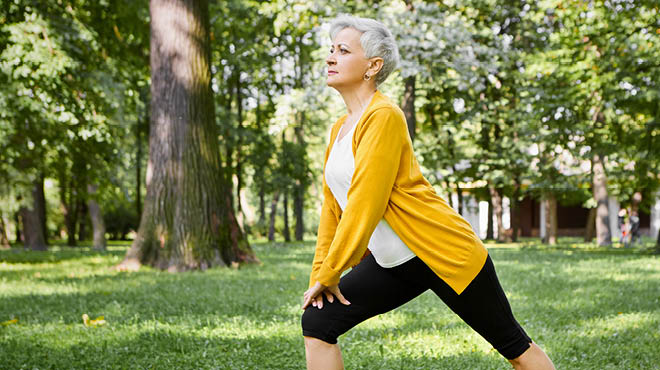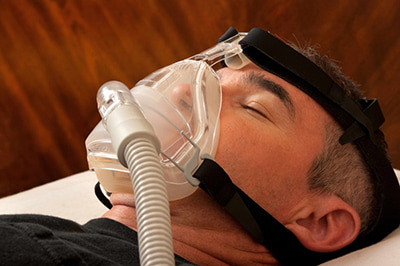Recent Posts
Don’t be bad to the bone: How to preserve bone mass

When working with patients who have problems with their bones, I often think of the phrase, "out of sight, out of mind." When it comes to taking care of our bodies, so often we forget about taking care of the things we can't see, such as our bones. Did you know that our bones start to gradually lose their mass by age 30? This is one of the first signs of osteoporosis.
What is osteoporosis and can it affect me?
Osteoporosis is a silent condition that is characterized by decreased bone mineral density and structural bone changes that may cause the bones to weaken and become brittle. Because of these changes, people with osteoporosis or osteopenia — a condition of slightly decreased bone mineral density seen as a precursor to osteoporosis — are at increased risk of fracture. The lower your bone density, the more susceptible you are at risk for a fracture.
The most common areas of fracture that affect people living with osteoporosis are the spine, hip and wrist. These fractures can have serious consequences that cause back pain or disfigured posture, and impair the ability to walk and live independently.
Osteoporosis does not discriminate against gender or race; however, women are more commonly affected, especially those of Asian or European descent. Women entering menopause or who are in their postmenopausal years are also vulnerable to this disease, as decreased estrogen levels affect bone density.
These and other conditions increase the risk for developing osteoporosis:
- Certain medical conditions that affect the kidneys, lungs, heart, stomach, intestines, liver or thyroid
- Certain medications, such as prolonged steroid use to treat asthma or arthritis, anticonvulsants, aluminum-containing antacids and cancer treatments
- Eating disorders
- Excessive soft drink intake
- Low body mass index
- Low calcium and vitamin D consumption
- Long periods of bed rest during serious illness
- Low testosterone levels in males
- Malnutrition
- Menopause
- Sedentary lifestyle
- Small stature, small bone structure
- Thin or transparent skin
- Tobacco use
What can I do to maintain my bone mass?
Being aware of the risk factors associated with osteoporosis and talking with your health care provider are powerful first steps in preventing osteopenia, osteoporosis and fractures.
It's also important to maintain a healthy lifestyle to keep your bones healthy throughout your life, including these important factors:
- Protein
Protein is one of the building blocks of bone. Talk to your health care provider about the right amount of protein for you with your medical history. - Calcium
Calcium helps build and maintain strong bones. The daily intake for men and women 18 to 50 should be 1,000 milligrams. This daily amount should increase to 1,200 milligrams when women turn 50 and men turn 70. Good sources of calcium include dairy products; dark-green, leafy vegetables; canned salmon or sardines with bones; soy products; calcium-fortified cereals; and orange juice. - Vitamin D
This essential vitamin improves your body's ability to absorb calcium and improves bone health in other ways. You can get some vitamin D from sunlight. Most adults need to get 600 to 800 international units (IU) a day, through food or supplements. Up to 4,000 IU of vitamin D a day is safe for most people. - Exercise
Exercise can help you build strong bones and slow bone loss. Activities that put weight through your spine are most beneficial and may include walking, running, dancing, skiing, jumping rope, tennis or other racquet sports. Adding resistance exercise, such as weightlifting, resistance bands, yoga or push-ups, just twice a week to your routine also can stress your bones in a good way to help keep their density. Exercise also helps improve your balance, which may prevent falls.
How can physical therapy help treat osteoporosis and prevent injury?
Physical therapists are a great resource for education on proper body mechanics necessary for everyday activities to minimize the risk for future fractures. Physical therapists are able to help people with osteoporosis avoid the devastating effects of a fracture and enjoy their maximum level of function and independence throughout their lives.
If you have already sustained a fracture, physical therapy can play a key role in the rehabilitation of your mobility, strength and function, and assist with managing your pain.
Talk to your health care provider if you have questions about your bone health and ask if physical therapy is recommended.
Carol Gardner is a physical therapist in Red Wing, Minnesota.




